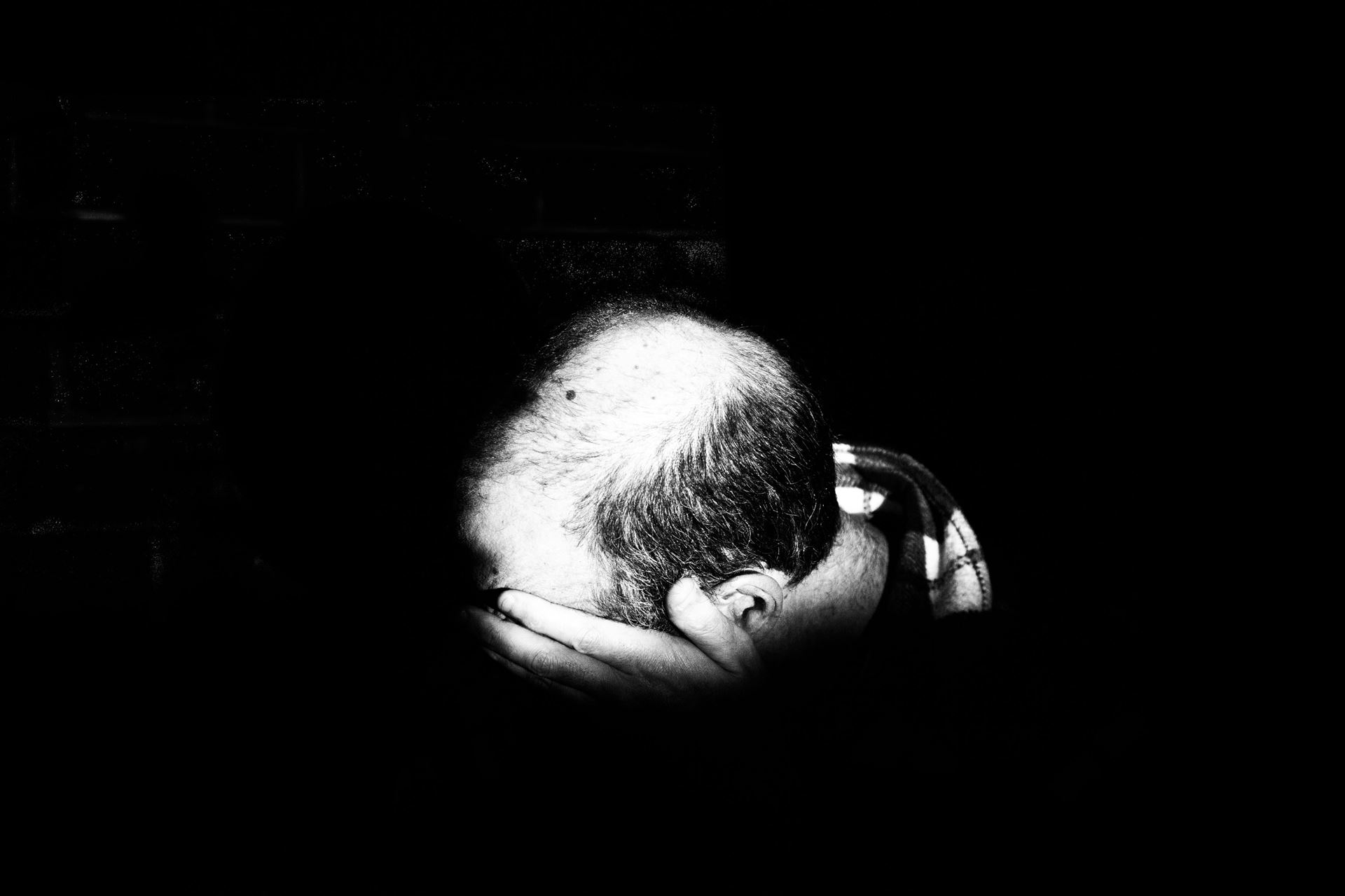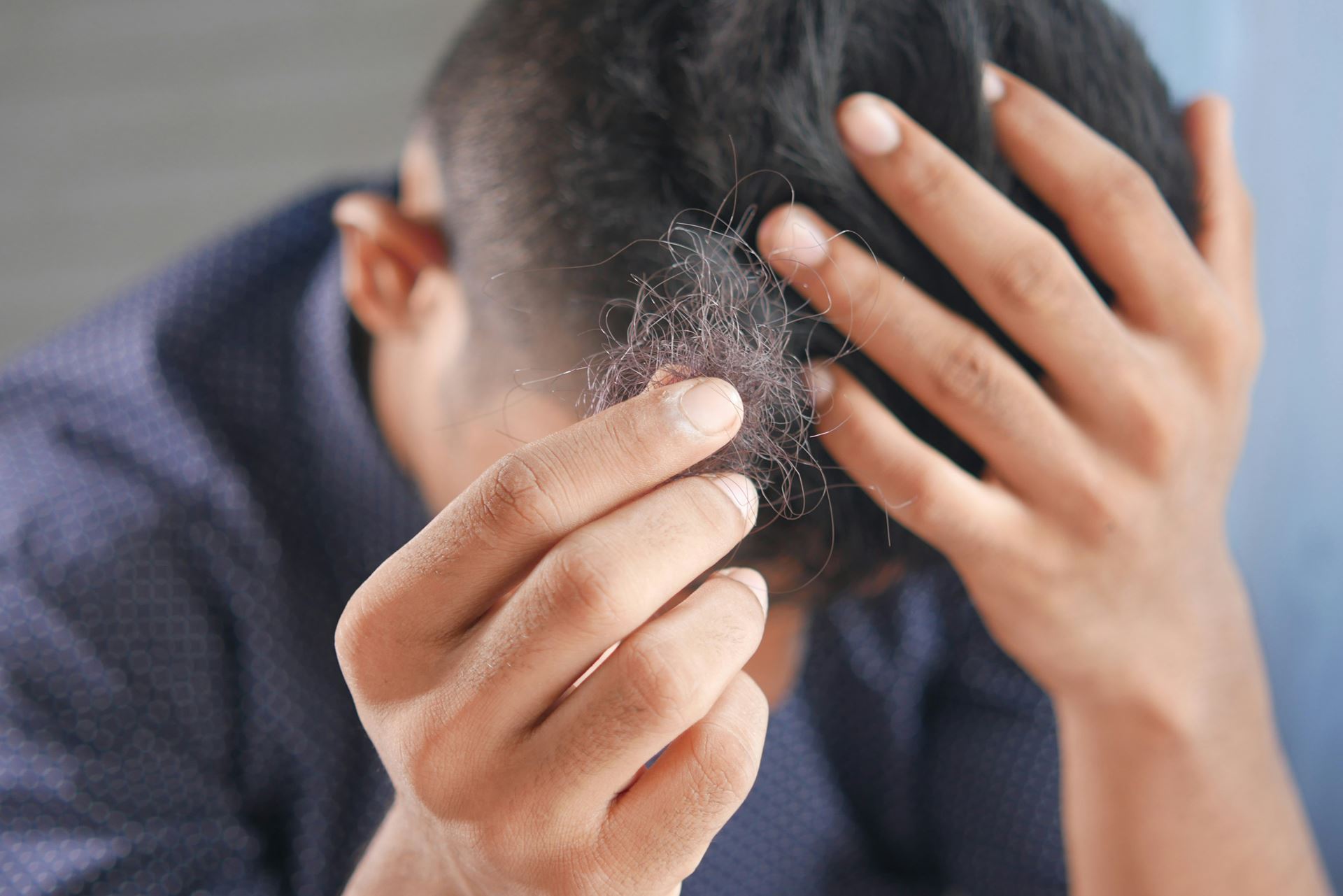Hair loss (alopecia)
Understanding hair loss
Hair loss, also known as alopecia, is a common condition that can affect anyone at any age. It can be temporary or permanent, and it can affect just your scalp or other parts of your body.
What are the common causes of Hair Loss?
- Genetic: Male and female pattern baldness are often inherited.
- Medical Conditions: Thyroid disorders, anemia, and other illnesses can cause hair loss.
- Stress: severe physical or emotional stress can lead to temporary hair loss
- Nutritional Deficiencies: Lack of essential nutrients like iron and vitamin D can contribute to hair loss.
- Medications: Certain drugs, including those used for cancer, depression, and high blood pressure, can cause hair loss.

What are the different types of hair loss?
- Androgenetic Alopecia: Commonly known as male or female pattern baldness.
- Alopecia Areata: An autoimmune condition that causes patchy hair loss.
- Telogen Effluvium: Temporary hair loss typically caused by stress, shock, or a traumatic event.
- Scarring Alopecia: Permanent hair loss where the hair follicle is destroyed and replaced with scar tissue.

What are the treatment options?
- Medications: Minoxidil (Rogaine) and Finasteride (Propecia) are commonly used to treat hair loss.
- Hair Transplants: Surgical procedures that move hair follicles from one part of your scalp to another.
- Wigs and Hairpieces: Non-surgical options that can help cover hair loss.
- Lifestyle Changes: Improving diet, managing stress, and avoiding harsh hair treatments can help reduce hair loss.
Page last reviewed: 04 September 2020
Page created: 04 September 2020
Page created: 04 September 2020
